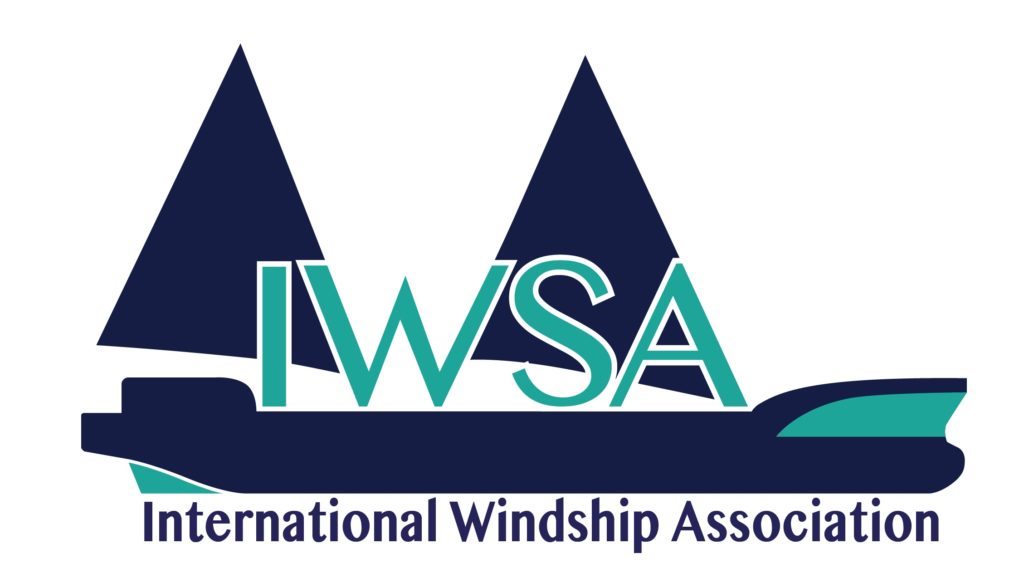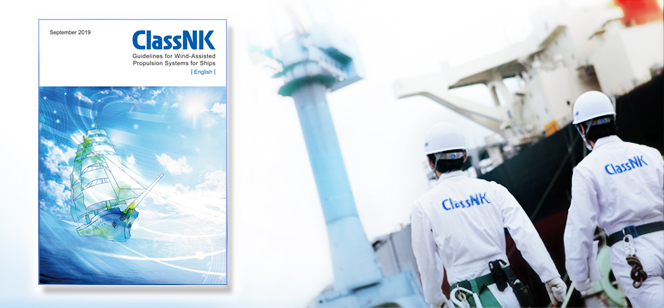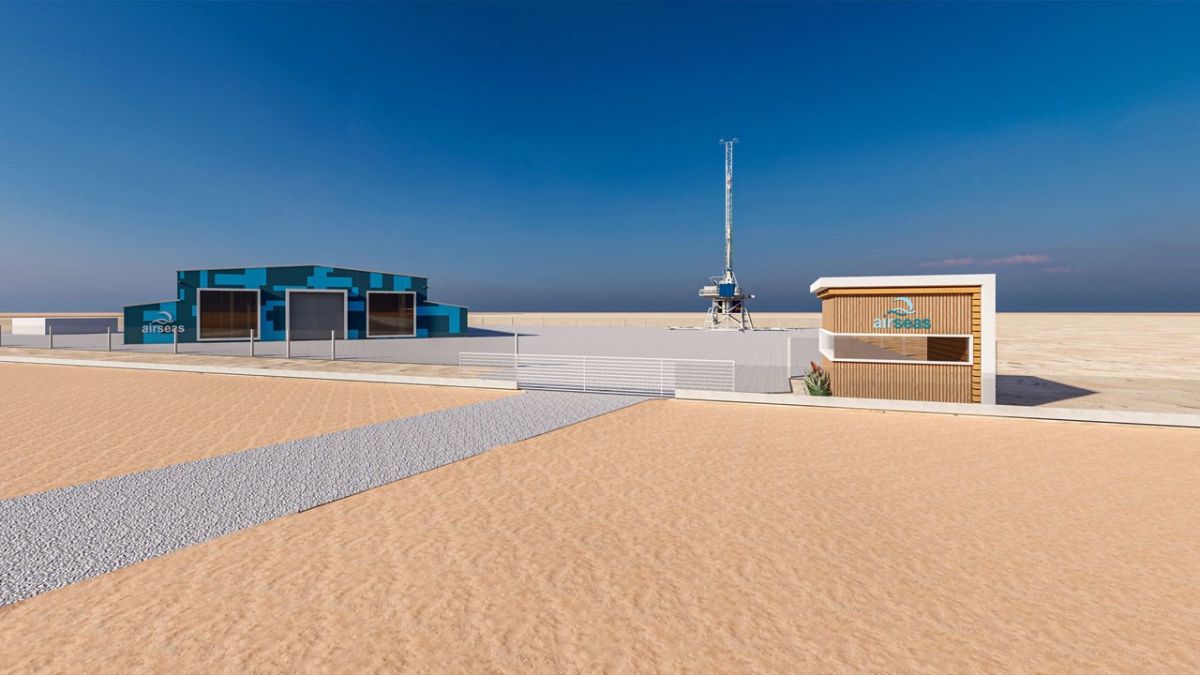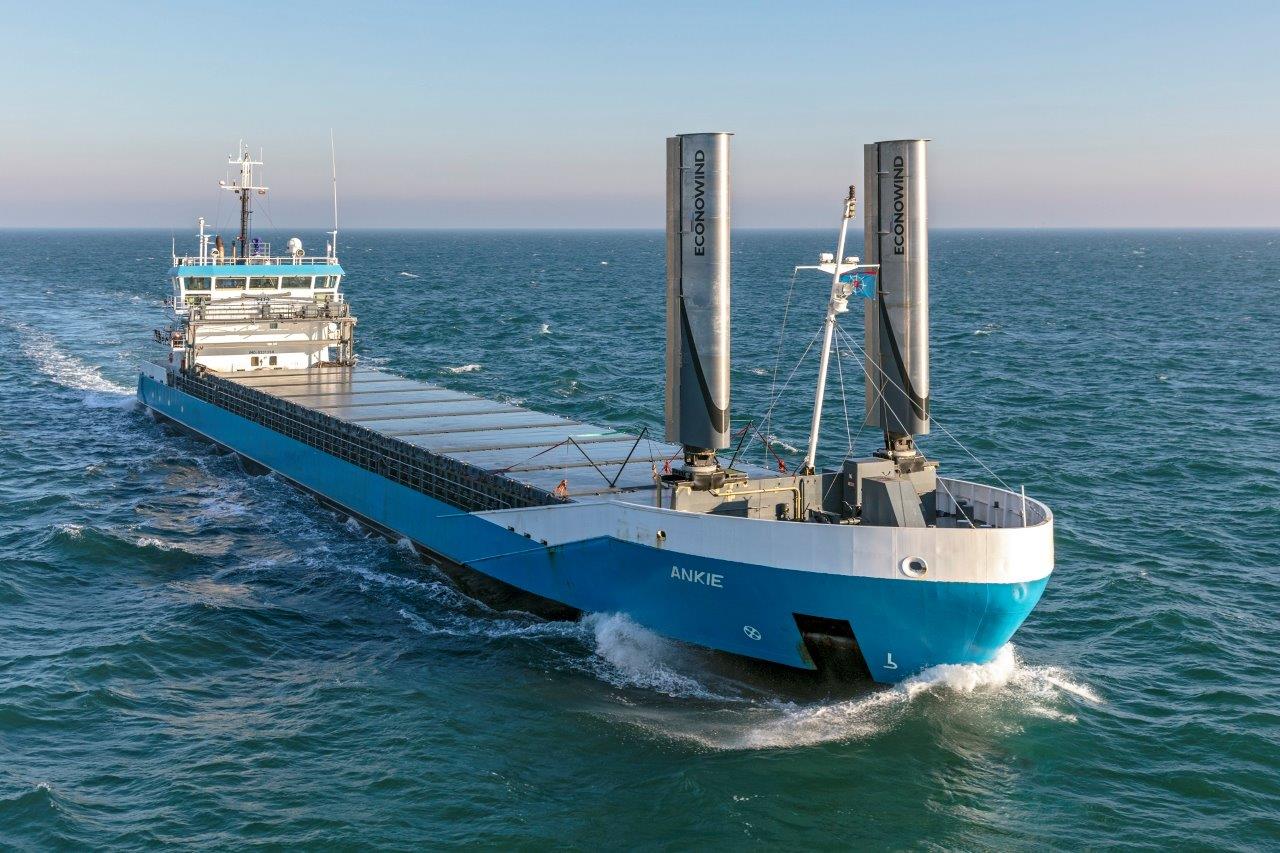Press Release: As the shipping industry enters this new decade, the great challenge of meeting the low sulphur regulations is giving way to the immense transformation that rapid decarbonisation will bring to the sector and the search is well underway for the technologies, practices and pathways that will get that transition across the line. Most industry insiders agree that we will need to follow a hybrid approach, with a mix of alternative fuels, energy efficiency measures and operational changes heralded by big data and so on.
Over the last few years ClassNK has identified and supported the development of wind propulsion technologies as an important contribution to that mix and in September last year, the classification society released its well-received “Guidelines for Wind-Assisted Propulsion Systems for Ships” to minimize potential risks of these installations on hull structure, crew, and surrounding environment. Furthermore, they developed class notations for ships whose equipment is designed and installed in line with the guidelines. This was then followed by the successful Environment & Shipping seminar hosted by ClassNK in Tokyo in late October. This event, attended by 200 industry leaders, designers and engineers, helped showcase a number of wind propulsion solutions, including presentations from MOL’s team delivering the Wind Challenger retractable rigid sail system, the University of Tokyo’s new Wind Hunter design combining wind propulsion and onboard hydrogen production and further details of K-Lines slated installations of the AirSeas kite system.
With the upsurge of interest in both wind-assist and primary wind propulsion solutions in Japan and in the industry worldwide, the Tokyo-based classification society announced today that it is joining the International Windship Association (IWSA), the not-for-profit organisation that for the last five years has been bringing together wind propulsion projects, shipping companies, shipyards and research organisations to help further develop this family of technologies along with promoting the wind as a credible, viable and increasingly economic propulsion option for commercial vessels.
Commenting on the occasion, Mr. Hayato Suga, Corporate Officer and Director of Plan Approval and Technical Solution Division said; “It is an honor for us to join the IWSA promoting wind propulsion among the industry. As the class society, provision and verification of the operating environment or conditions for the use of new technology is our essential task. Expecting that wind propulsion technology will play an even greater role as ships’ power source, ClassNK has been developing necessary standards to ensure the safety and soundness of designs applying them. Utilizing our expertise and R&D outcome, I’m looking forward to working together with IWSA members to meet the challenges of emission reduction.”
ClassNK has more than 250 million gross tons on register and as one of the world’s largest classification societies it’s membership of IWSA sends a strong signal to the shipping industry that they are ready to work with designers, developers and shipping companies on these innovative technologies and that wind propulsion solutions will form an integral part of the industry decarbonisation pathway as it strives to meet IMO emissions targets in the coming decades.
Gavin Allwright, Secretary General of IWSA states; “2020 will be a critical year for wind propulsion developments as we enter the ‘decade to deliver’ on GHG emission reductions. We are delighted to welcome ClassNK aboard at this important juncture and the expertise they bring to IWSA will be invaluable to help deliver credible, viable and safe wind solutions into the market.” Momentum has been clearly building over the last year or so with announcements from a wide range of companies engaging with, testing and installing wind propulsion systems including; Maersk Tankers, Louis Dreyfus Armateurs, MOL, DFDS, K-lines, Renault, Airbus, Vale, Viking Lines, Drax, Ultrabulk, Chantiers De L’Atlantique, Wallenius Marine, Becker Marine, CMCS & DSIC and Oshima shipyards being just some of the names involved. This pace of development is slated to continue, with the UK government forecasting last year that the market for wind propulsion technologies will grow to a £2 billion a year market in the 2050’s and a 2017 EU-commissioned report predicted up to 10,000 wind propulsion installations within the next decade alone.



































